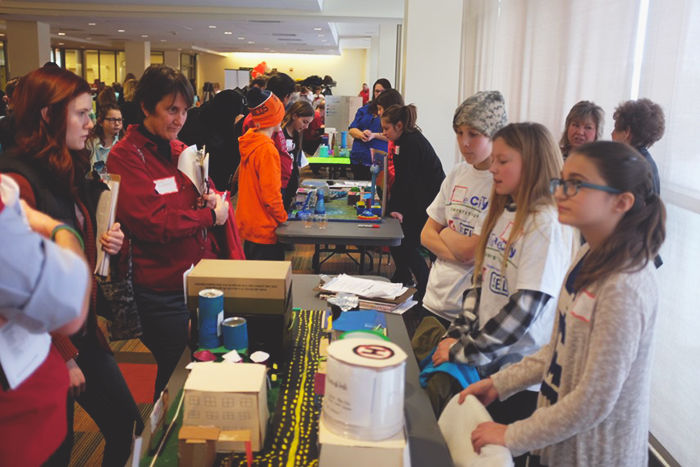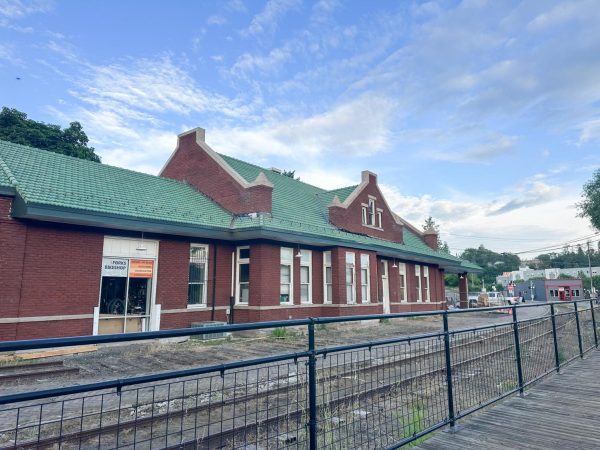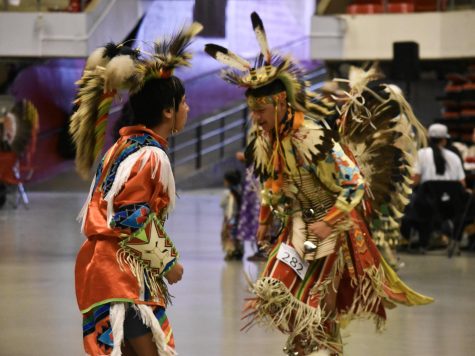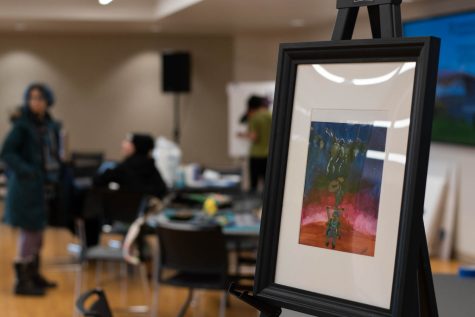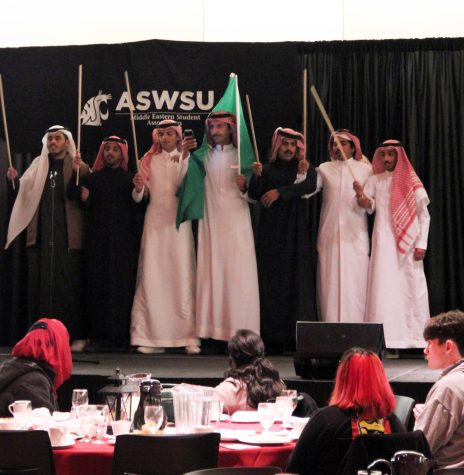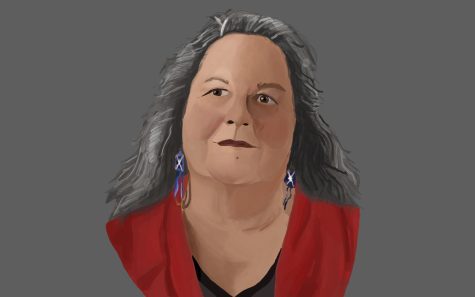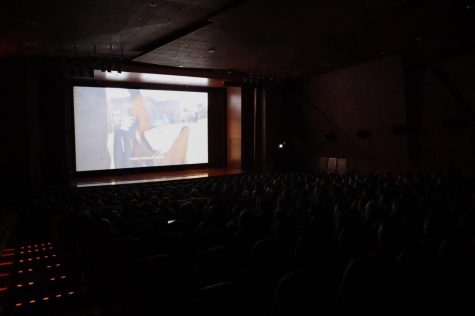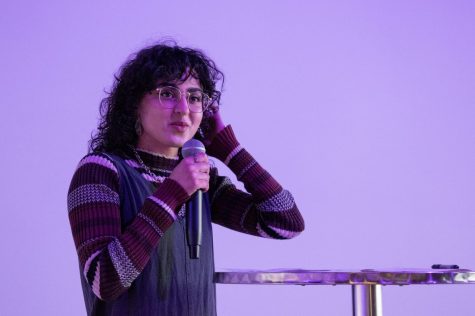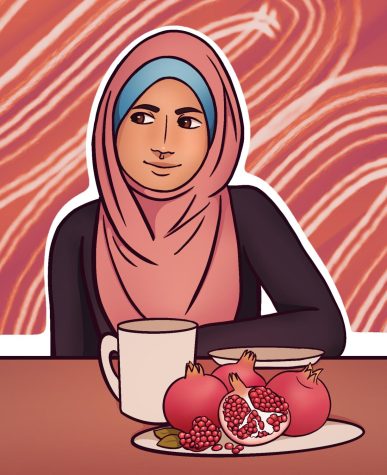Competition challenges young minds to imagine the future
January 13, 2017
{{tncms-asset app=”editorial” id=”b57bf032-d953-11e6-9781-3f3cc34b227c”}}
When young students begin thinking beyond themselves by solving current and future issues facing larger populations, they can achieve great things. The future is in these students’ hands, and the Future City Competition can inspire them to make a difference.
A large-scale national competition made its way to small-town Pullman about two years ago when Cara Morton, clinical instructor for the WSU civil and environmental engineering school, decided the Future City Competition should be accessible on the east side of the state to avoid winter travel.
Morton started volunteering as a student and engineer for the program about 10 years ago in Florida, she said.
When Morton moved to the Palouse, there were no competitions around the east side of the state for her middle-school child to participate in.
Morton said she and Somayeh Nassiri, assistant professor at the WSU civil and environmental engineering school, brought the Future City Competition here.
“It’s fabulous to see them use their skills in math and science, and design their cities and to hear the stories behind the design that framed their whole city together,” Nassiri said about students who participate in the competition.
The competition also serves as a mentorship for engineering students who come in to meet the middle school students on a bi-weekly basis over a three-month period, Morton said.
“Kids don’t really see what engineers do every day,” Morton said, “and that’s one of the roles that WSU takes is help provide the mentors.”
Teams are complete with an engineering mentor, a teacher or educator and three to five kids. The information this competition requires is meant to be worked into math or science curricula, where the teachers work with the students regularly, Morton said.
As part of the final project, the students produce a sizable and to-scale model of their future city. Morton said they look at the city as a whole and use their interests and life experiences to generate ideas on how to make the world a better place.
The competition’s theme changes every year, and 2017 is about how to make public space easily accessible for people with all types of backgrounds, such as those with disabilities. The students must think ahead 100 years into the future and determine what life could be like at that time.
As part of this process, students tour WSU labs and meet with different engineer club members to see if they are more interested in mechanical or electrical engineering.
“Last year, the professors and others giving the tours enjoyed their time,” Nassiri said. “They were so amazed and impressed by how the kids were asking such good questions and were so curious about their experiments.”
The Future City 2017 Competition is from 9 – 11:30 a.m. tomorrow in the Paccar Environmental Technology Building, where groups from eight schools will present their completed designs to judges.


